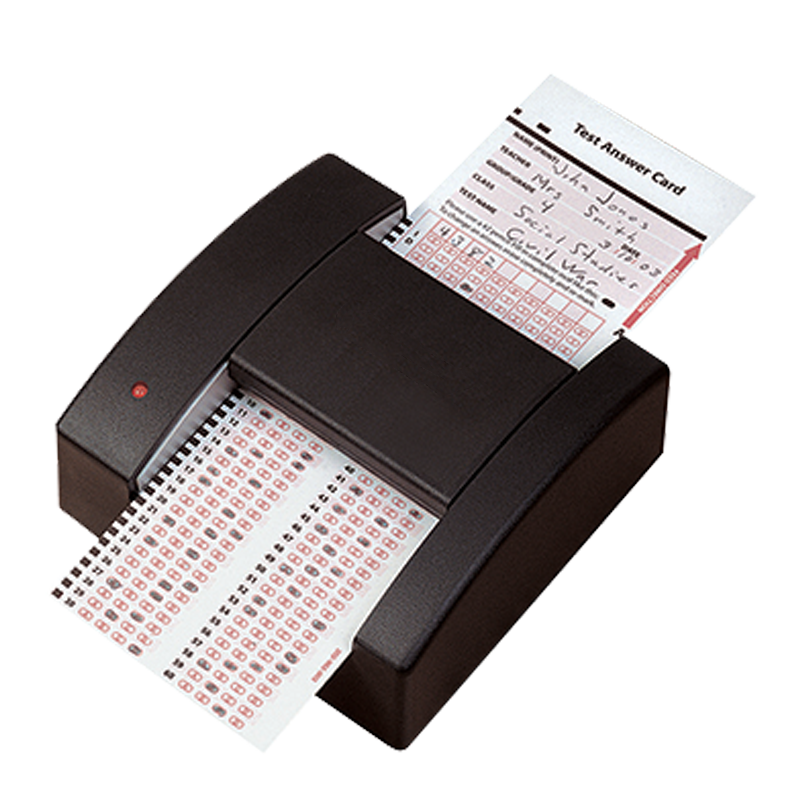OMR

OMR stands for Optical Mark Recognition, which is a technology used to capture human-marked data from documents such as surveys, tests, assessments, and questionnaires. OMR systems rely on special pre-printed forms or sheets that contain multiple-choice or objective-type questions, along with corresponding answer options.
Here's how OMR technology works:
Form Design: OMR forms are designed using specialized software or templates. These forms typically consist of bubbles, boxes, or circles where respondents can mark their answers by filling in or shading the appropriate area.
Printing: Once the form design is finalized, OMR forms are printed using standard printers or specialized printing equipment. The printing process must ensure high-quality reproduction of the form layout and markings to ensure accurate data capture.
Data Collection: Respondents complete the OMR forms by marking their answers using pencils, pens, or markers. They fill in or shade the bubbles or boxes corresponding to their chosen answers.
Scanning: After the forms are completed, they are scanned using OMR scanners or imaging devices equipped with optical sensors. These scanners use light and sensors to detect and capture the marks made on the forms.
Image Processing: The scanned images are processed using OMR software, which analyzes the captured data and interprets the marks made by the respondents. The software identifies and records the marked responses based on predefined criteria and templates.
Data Extraction: Once the marks are interpreted, the OMR software extracts the data from the scanned images and converts it into a digital format. The extracted data may include response patterns, frequencies, and summaries of the responses.
Data Analysis: Finally, the extracted data can be analyzed and processed further using data analysis tools or software. This allows researchers, educators, or administrators to gain insights, draw conclusions, and make informed decisions based on the collected data.
OMR technology offers several advantages for data capture and analysis, including:
Overall, OMR technology provides a reliable and efficient method for capturing and analyzing human-marked data from paper-based forms, making it valuable in fields such as education, research, healthcare, market research, and government.
Thank you,